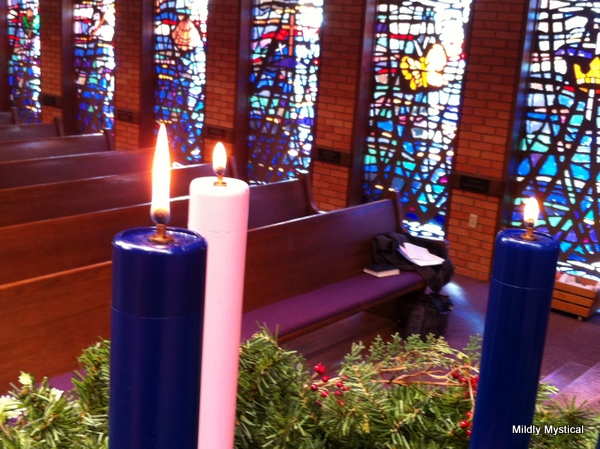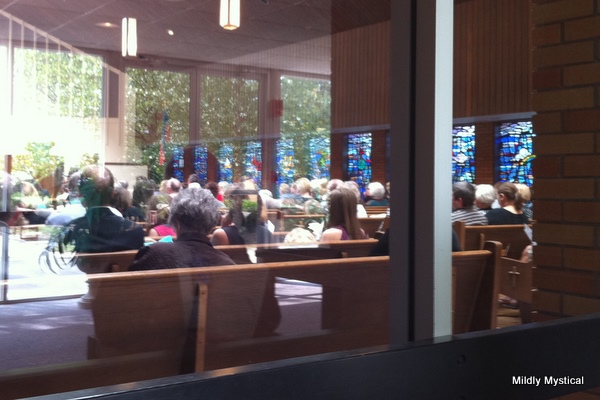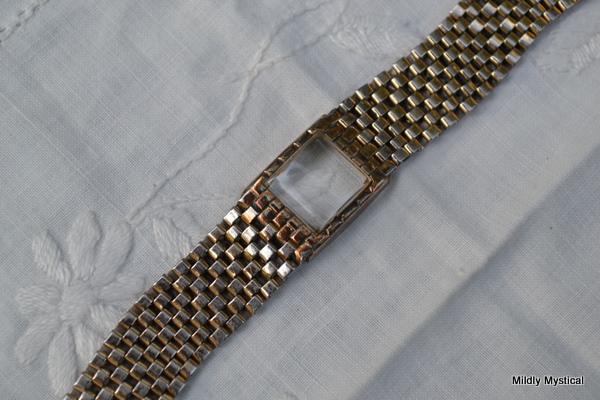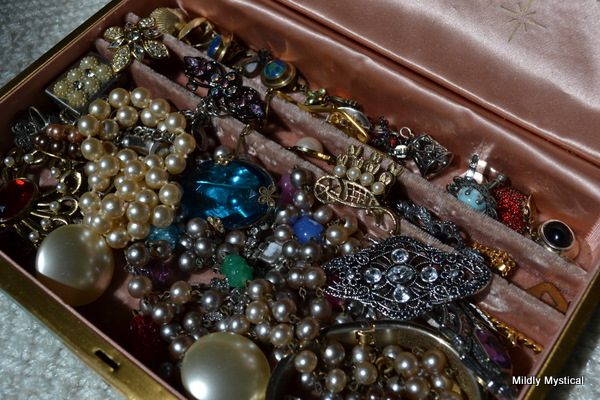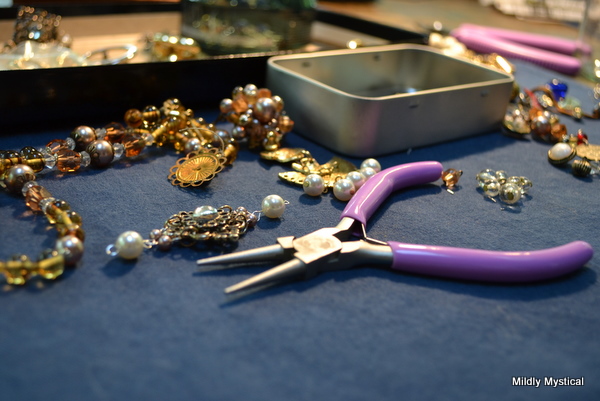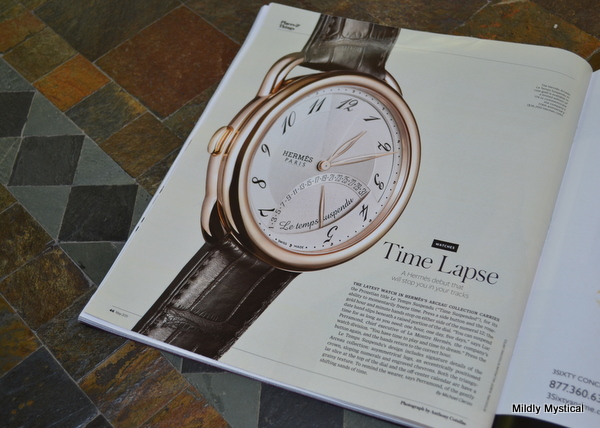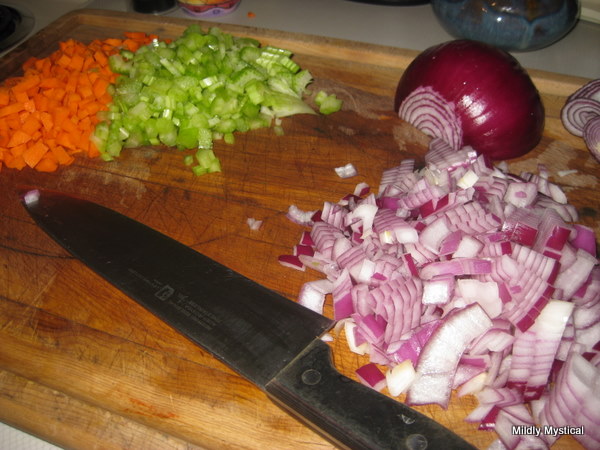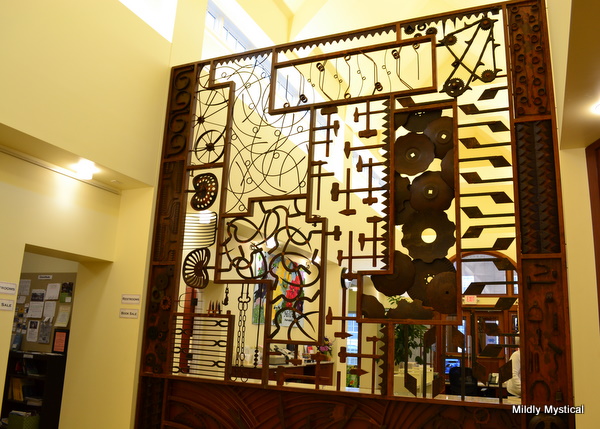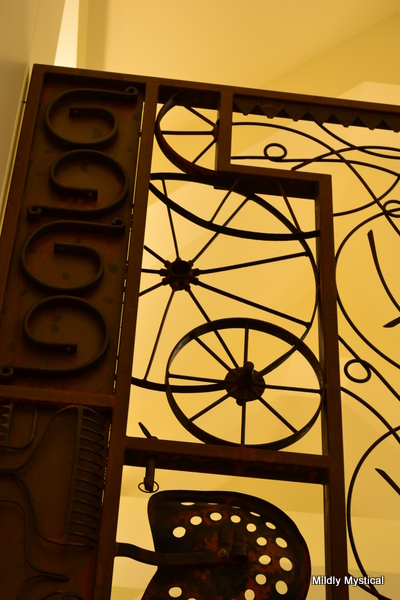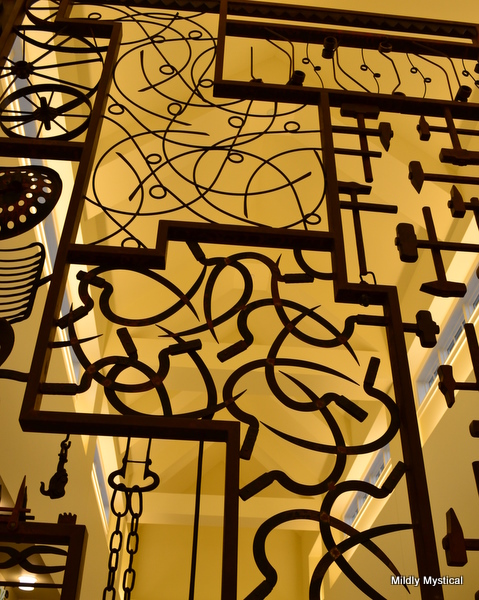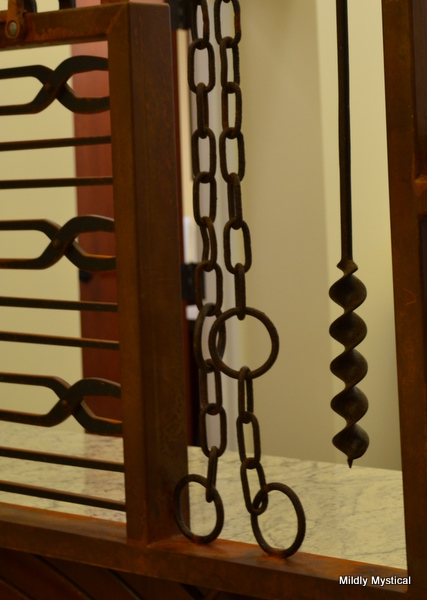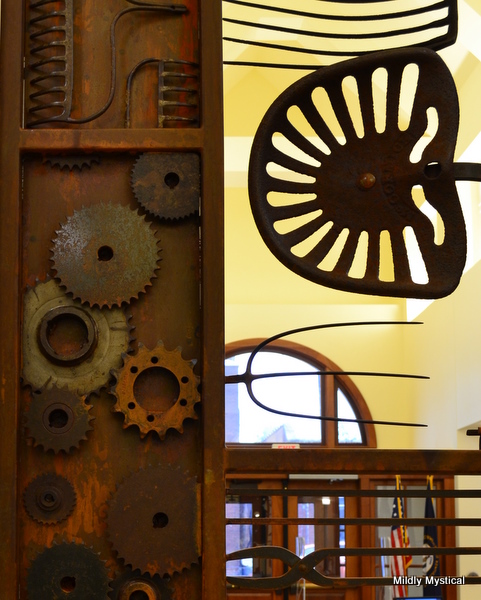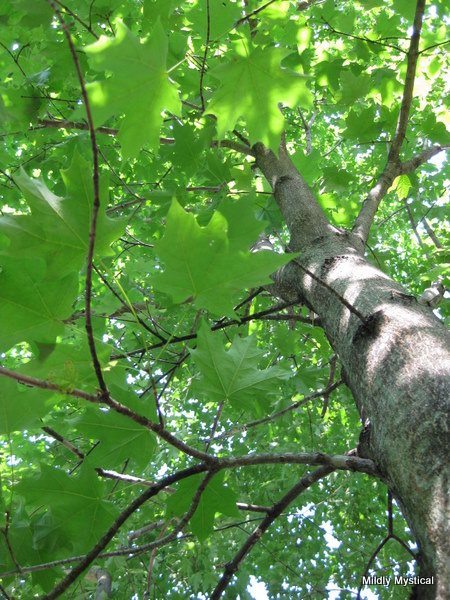The only Lenten observance I took up this year was recognizing that I had too many commitments. I’ve begun teaching religion over the past few months, while trying to continue with everything else I’d been involved with before. Obviously that’s impossible—the silence here at Mildly Mystical helps make the point. But it took a while for me to realize it.
So Lent was a time of paring down, letting go of some of the responsibilities I’ve been involved with. It’s not easy to do when those things mean a lot. But it’s necessary.
What I didn’t expect was the further, drastic paring down that would come in the wake of a knee injury. I spent over two weeks on crutches, unable to drive, and negotiating the stairs in my home only with great difficulty. Under those circumstances, life constricts to the basics in a flash.
Fortunately, the setback is temporary and I’m improving every day. I’m grateful for this, and for the care and support of family and friends who have gotten me through this rough patch. It’s a reminder of what is and is not essential in this life.
So this year, the theme of paring down has been imposed not only on Lent, but Holy Week and Easter as well. I didn’t make it to Easter services, but in the week since then I’ve gradually been able to do some everyday things—really mundane stuff, like loading the dishwasher and walking down a flight of stairs. There have been no sudden transformations, only the slow progress that comes from gaining strength and confidence. I have a long way to go before I resume the two-mile walks I enjoy, but at least I’m walking without crutches and driving again. In those moments when I feel impatient to get to where I want to be, I try to remember how far I’ve come.
The work of transformation is slow, and many of its stages can’t be observed. The changes we do see take time to adjust to, as well. I kept using a crutch after the point it was absolutely necessary, because walking without it made me feel so vulnerable. Change is difficult, but somehow we keep expecting it to be otherwise.
Even with the celebration of the ultimate transformation, at Easter, we approach it as if the new reality were instantaneous. We condense the mysterious remaking of the disciples’ world into a single worship service, a morning’s event, then go home as if it were finished. For most of us last Sunday was a long time ago, and by now Easter is over.
But the bewilderment and doubt, fear and uncertainty, as the followers of Jesus tried to understand what was happening were not overcome in a morning or a day or a week. There were no instant explanations of their experiences and their path was in no way clear. It took time for them to absorb what was happening and decide how to respond. It’s the same with us.
The liturgical calendar calls this time Eastertide, in recognition of the time it takes for Easter to be absorbed, recognized, and lived. That’s where we are now. Eastertide is ongoing. The spirit remains at work in us, and seen or unseen, the mystery of our healing, our growth, and our transformation unfolds. It’s a season of leaving crutches behind.


